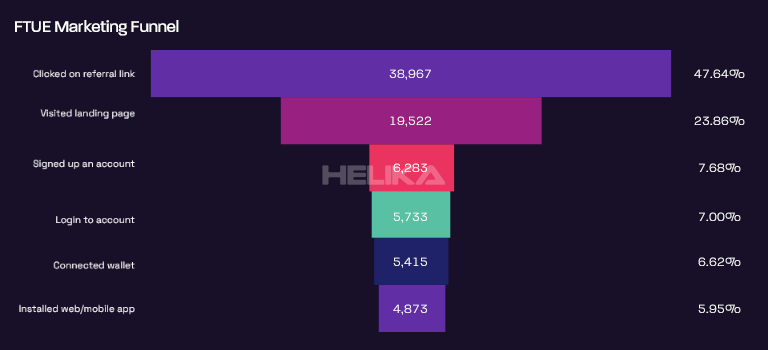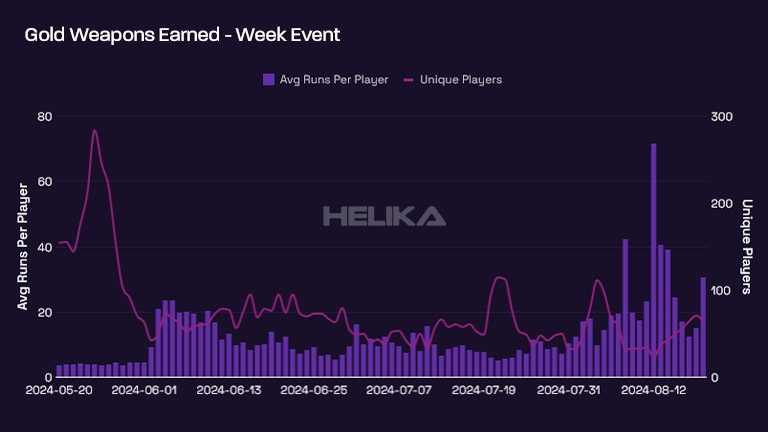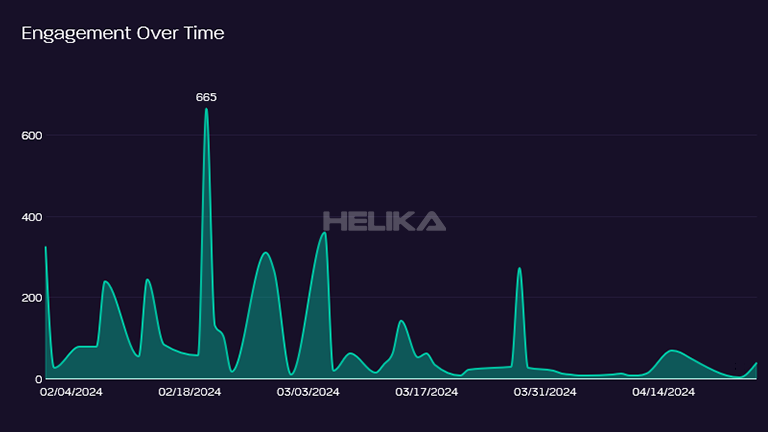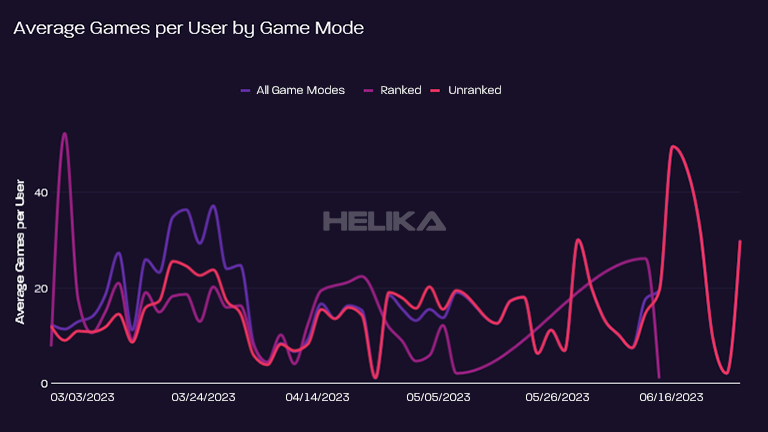Monetization funnels are an essential aspect of any business, and game companies are no exception. As a digital marketer in the gaming industry, it is crucial to have a deep understanding of different types of funnels and how they can effectively drive revenues for your company.
In this article, we will explore the optimal monetization funnel for game companies, taking into consideration various factors such as user engagement, customer lifetime value, and revenue streams. Beyond the monetization strategy, these funnels can also act as a powerful tool for building a loyal customer base and enhancing the overall branding of your game.
How To Build The Most Effective Sales Funnel (Detailed Breakdown)
To build the most effective sales funnel for game companies, it is important to understand the different stages a customer goes through before making a purchase. This process is often referred to as the “customer journey,” and it consists of various touchpoints that can influence a potential buyer’s decision.
At the top of the funnel, we have the awareness stage, where potential customers become aware of your game through various marketing channels such as social media, advertising, or word of mouth.
The middle of the funnel is where customers begin to consider your game as a potential purchase and start engaging with it, whether through downloading a demo or reading reviews.
Finally, at the bottom of the funnel, we have the conversion stage, where customers make the decision to purchase your game.

To effectively guide customers through each stage, it is essential to have a well-structured and optimized sales funnel. This is where the role of human psychology comes into play. By understanding the factors that influence decision-making, such as Robert Cialdini’s principles of influence, marketers can tailor their messaging and visuals to appeal to potential customers and create a desire to learn more about the game.
His seven principles are: reciprocity, commitment and consistency, social proof, liking, authority, scarcity.
So, how can we implement these factors in a seamless way in an ethical manner?
Well, going back to the visual representation of a monetization funnel, we can use the principle of authority to showcase the expertise of our game developers, designers, and other team members.
This can include showcasing their past successful projects or featuring interviews with them discussing their thought process and vision for the game. Awards and recognition can also be highlighted to establish credibility and trust with potential customers.
This is typically top of the funnel. As we continue on, the principle of liking can be applied by having relatable characters or storylines in the game, making it more appealing to the target audience. Social proof can be displayed by showing the amount of active players and positive reviews the game has received. This serves as a form of social validation, encouraging potential customers to jump on board and join the community.
Another effective way to implement these principles is by offering special limited-time deals or bonuses, utilizing the principle of scarcity. This is typically used closer to the end of the funnel where potential customers are on the brink of making a purchase decision. These deals can create a sense of urgency and FOMO (fear of missing out), increasing the likelihood of conversion.

The next step in this example conversion funnel would be to create a call-to-action using some sort of reciprocity. If your game is utilizing a paid membership model for example, you can create your marketing funnel so that it leads to a free trial in exchange for their email. This builds your email list which can be used for future marketing campaigns.
These are just some ideas of how to sprinkle influence factors throughout your funnel to help attract and convert potential customers. With that being said, these best practices are not exact instructions set in stone. Due to the nature of the gaming industry, there are multiple monetization strategies and with that comes the need to customize your funnel to best fit your game and target audience.
It’s important to constantly monitor and analyze the data from your funnel, adjusting and optimizing accordingly. This allows for continuous improvement and better understanding of what resonates with your potential customers. Partnering with a company would help in tracking and analyzing this data, providing valuable insights to further improve your funnel.
Using Analytics To Improve Your Conversion Rate
Now that we’ve explored how to build an effective sales funnel, it’s crucial to track and analyze data in order to continuously improve its performance. Analytics play a vital role in understanding the behavior of potential customers and identifying areas for improvement within your funnel.
By utilizing analytics, you can gain insights into your target audience and their preferences. This allows you to tailor your messaging and offerings to better resonate with them. For example, if you notice that a large portion of your target audience is highly engaged on social media platforms, you can focus on creating targeted ads or content to reach them there.

This would be the ‘Trigger’ or ‘Top of The Funnel’ stage in your sales funnel, where you are attracting potential customers and introducing them to your product or game. Analytics can also find drop-offs and ‘Leaks’ at this stage, helping you understand where customers may be losing interest or not seeing the value in your offerings.
Moving on to the ‘Middle of Funnel’ stage, analytics can provide valuable insights into customer behavior and engagement. By tracking metrics such as click-through rates, conversion rates and average time spent on your website or game, you can identify which aspects of your funnel are performing well and which may need improvement.

Furthermore, analytics can help you pinpoint any obstacles or challenges that potential customers may face during the conversion process. This could be a complicated checkout process or lack of clear pricing information. By identifying and addressing these pain points, you can improve the overall customer experience and increase your chances of converting leads into paying customers.
Finally, at the ‘Bottom of Funnel’ stage, analytics can help you understand the effectiveness of your sales and marketing efforts. By tracking metrics such as customer lifetime value, churn rates and average order value, you can assess the success of your strategies and make data-driven decisions for future campaigns.
Real World Example of How Helika Improves Monetization Funnels For Game Developers
As mentioned earlier, there are many different business models and monetization strategies when it comes to game development, and each one has its own unique funnel. Let’s take a look at a real world example of how Helika can improve the monetization funnel for game developers.
Recently, Helika partnered with Yuga Labs to revolutionize analytics in Web3 Gaming. By combining in-game and on-chain data to fully understand player behavior, preferences, and segmentation, Helika helped Yuga Labs optimize their monetization funnel. By enabling Yuga and other gaming studios to customize offers, rewards, and improvements for specific player types, Helika facilitated better player engagement and retention.
Dedicated analyst support was tasked to tackle custom data requests and provide high level actionable insights while measuring the effectiveness of in-game events and marketing campaigns. So, by improving not only the onboarding of new players but also the retention of current ones, Helika helped Yuga Labs increase their overall revenue and improve the lifetime value of each player. By optimizing the activation funnel, the entire advertising campaign can be more cost effective as new leads aren’t lost in the customer journey.
Final Thoughts
Even minor edits can have a profound impact on your conversion rates and ultimately profit. It can be disastrous to make assumptions about your monetization funnel, which is why having a data-driven approach with Helika can be crucial for the success of your game. By understanding and optimizing each step of the funnel, game developers can maximize their revenue and create a more enjoyable experience for players. Whether it be a problem with the landing page or realizing the potential for selling items at a higher price point, having a clear understanding of your sales funnel stages can be the difference between a profitable game studio and one that’s on it’s way to bankruptcy.
With Helika’s advanced analytics and dedicated support, game developers can gain valuable insights into player behavior and preferences, allowing them to make informed decisions that ultimately lead to higher profits. Don’t settle for a leaky monetization funnel, contact us today and see how Helika can help optimize your game’s monetization strategy.


